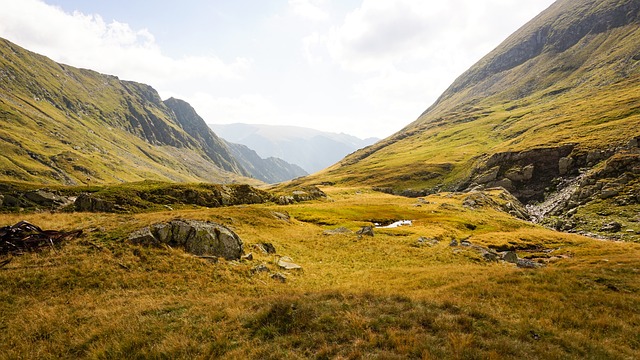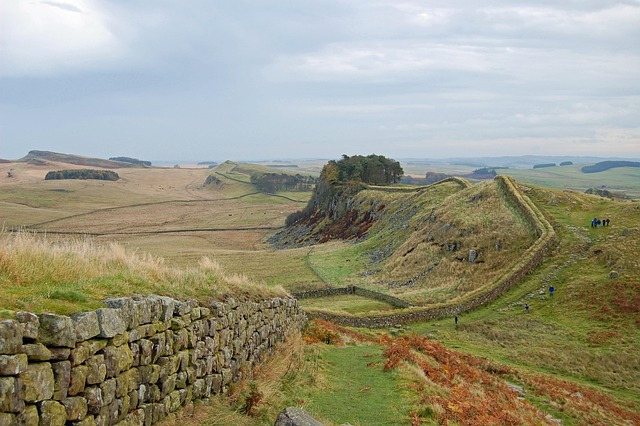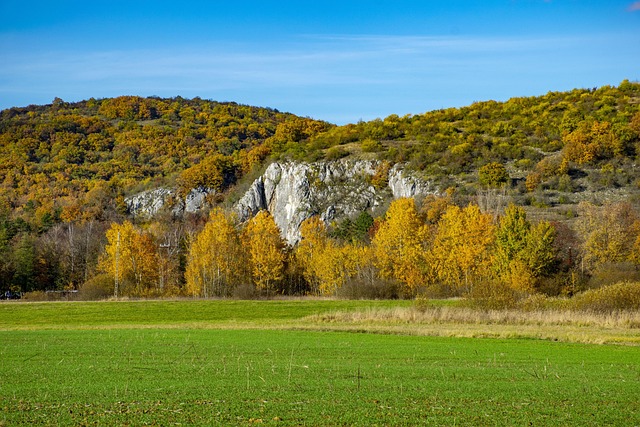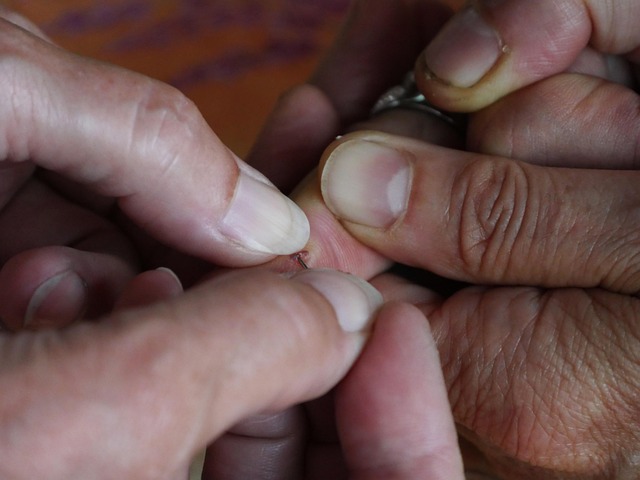
Gainesville, Florida
Gainesville, located in north-central Florida, is a city rich in history and culture. Established in the mid-19th century, it has evolved into a vibrant community, largely influenced by the presence of the University of Florida. This article explores the historical background, educational significance, and natural surroundings of Gainesville.
Historical Background
The area that is now Gainesville has a complex history that predates European contact. Native populations faced significant declines due to diseases, warfare, and enslavement following European arrival. In the 18th century, Spanish colonists began cattle ranching in the Paynes Prairie area, which is now a protected wilderness.
In 1821, Florida was ceded to the United States, and Gainesville was officially established in 1854, named after Edmund P. Gaines, a notable military figure. The city was incorporated in 1869 and chartered as a city in 1907. The establishment of the University of Florida in 1906 marked a significant turning point for Gainesville, as it became a center for education and research.
The University of Florida
The University of Florida (UF) plays a pivotal role in the identity of Gainesville. Originally named the University of the State of Florida, it was relocated from Lake City and later simplified to its current name in 1909. As of 2021, UF is recognized as the fourth-largest university in the United States by enrollment, attracting students from across the nation and around the globe.
The university's campus is home to a historic district that includes 11 buildings and 14 contributing properties, showcasing a blend of architectural styles and historical significance. This area not only serves as an educational hub but also contributes to the cultural landscape of Gainesville.
Natural Surroundings
Gainesville is surrounded by a variety of natural landscapes, with the 21,000-acre Paynes Prairie Preserve State Park located to the south. This wilderness area is known for its diverse ecosystems, including wetlands, grasslands, and forests, providing habitats for numerous species of wildlife. The park offers recreational opportunities such as hiking, birdwatching, and horseback riding, making it a popular destination for both residents and visitors.
The natural beauty of Gainesville is complemented by its commitment to preserving green spaces and promoting outdoor activities. The city's parks and recreational facilities encourage a healthy lifestyle and foster community engagement.
Conclusion
Gainesville, Florida, is a city that seamlessly blends historical significance with modern educational advancements and natural beauty. The presence of the University of Florida has shaped its development and continues to influence its cultural and economic landscape. With its rich history and commitment to preserving the environment, Gainesville offers a unique experience for residents and visitors alike.

















 What’s the Buzz About Cirsium Vulgare?
What’s the Buzz About Cirsium Vulgare? 
 Health
Health  Fitness
Fitness  Lifestyle
Lifestyle  Tech
Tech  Travel
Travel  Food
Food  Education
Education  Parenting
Parenting  Career & Work
Career & Work  Hobbies
Hobbies  Wellness
Wellness  Beauty
Beauty  Cars
Cars  Art
Art  Science
Science  Culture
Culture  Books
Books  Music
Music  Movies
Movies  Gaming
Gaming  Sports
Sports  Nature
Nature  Home & Garden
Home & Garden  Business & Finance
Business & Finance  Relationships
Relationships  Pets
Pets  Shopping
Shopping  Mindset & Inspiration
Mindset & Inspiration  Environment
Environment  Gadgets
Gadgets  Politics
Politics 